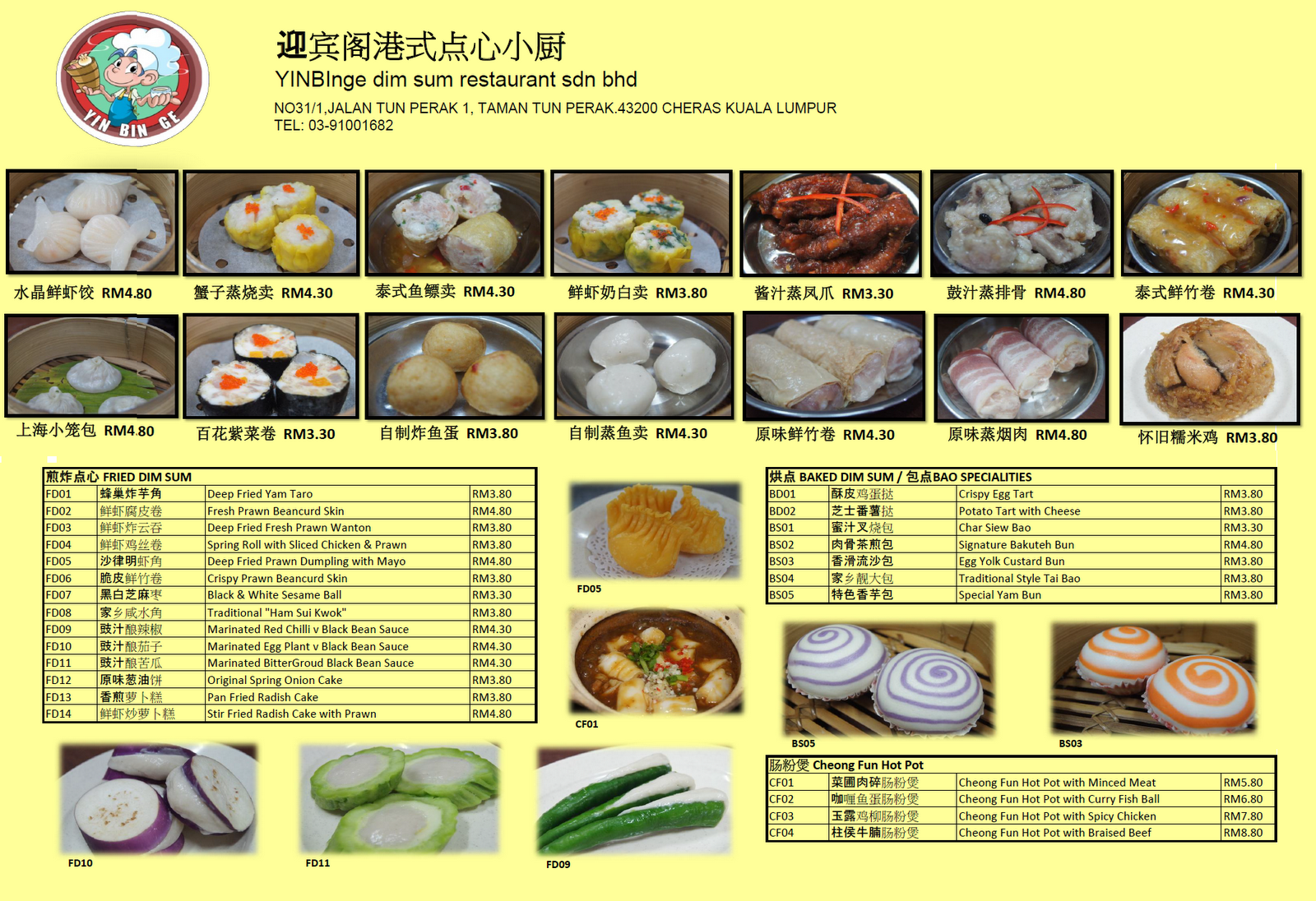Exploring the Delights of a Dim Sum Menu: A Comprehensive Guide to Traditional Chinese Cuisine
Dim sum is a beloved culinary tradition originating from Cantonese cuisine, featuring bite-sized dishes that are typically served in steamer baskets or on small plates. This article will delve into the world of dim sum, exploring its rich history, popular dishes, and the unique experience it offers. Whether you're a dim sum enthusiast or new to this culinary adventure, this guide will help you navigate through a dim sum menu and discover the delightful flavors of this traditional Chinese cuisine.

Dim Sum - The Deluxe Restaurant
I. The Origins and Cultural Significance of Dim Sum
Dim sum has a fascinating history that dates back centuries.
It originated in southern China and was initially associated with tea houses along the ancient Silk Road.
Over time, dim sum evolved into a communal dining experience, where friends and family gather to enjoy a wide variety of bite-sized delicacies.
Dim sum is not just about the food; it's a social and cultural event that reflects the essence of Chinese hospitality and togetherness.
II. Popular Dim Sum Dishes to Savor:
1. Steamed Dumplings: Delicate and flavorful, steamed dumplings are the crown jewels of any dim sum menu. Whether it's the classic Siu Mai, translucent Har Gow, or the indulgent Xiao Long Bao, these dumplings showcase the artistry and skill of dim sum chefs.
2. Steamed Buns: Soft, fluffy, and filled with savory or sweet fillings, steamed buns are a must-try. From the iconic Char Siu Bao (barbecue pork bun) to the custard-filled Lai Wong Bao, each bite offers a harmonious blend of textures and flavors.
3. Rice and Noodle Rolls: These delicate rolls made from rice flour or noodles are filled with various ingredients such as beef, shrimp, or vegetables. The silky texture and the accompanying sauce make them a delight to savor.
III. Exploring the Dim Sum Menu:
1. Dim Sum Categories: Dim sum menus are typically categorized into sections, including steamed, fried, baked, and desserts. Each category offers a unique selection of dishes, allowing you to create a diverse and balanced dining experience.
2. Ordering Etiquette: Dim sum is typically served in small portions, making it ideal for sharing. You can order a variety of dishes and share them with your dining companions. Don't hesitate to ask the servers for recommendations or assistance in choosing dishes.
3. Tea Pairing: Tea is an integral part of the dim sum experience. Chinese tea, such as Jasmine or Oolong, is traditionally served alongside dim sum to cleanse the palate and enhance the flavors. Explore the tea selection and discover the perfect pairing for your dim sum feast.
IV. Dim Sum Menu Customization and Dietary Preferences:
1. Vegetarian and Vegan Options: Dim sum menus often include vegetarian and vegan dishes, catering to different dietary preferences. From vegetable dumplings to tofu-based creations, there are plenty of flavorful options to choose from.
2. Allergies and Dietary Restrictions: If you have any food allergies or dietary restrictions, inform the servers, and they will guide you through the menu, suggesting dishes that meet your needs. Dim sum chefs are accustomed to accommodating various dietary requirements.
3. Special Requests: Dim sum chefs are skilled in the art of customization. If you have specific preferences or requests, such as adjusting the spice level or adding or omitting certain ingredients, don't hesitate to communicate with the servers.

Dim sum restaurant SDN
Exploring a dim sum menu is an adventure that tantalizes the taste buds and immerses you in Chinese culinary traditions. From the rich history and cultural significance of dim sum to the wide array of delicious dishes, there is something for everyone to enjoy. So, gather your friends and family, embrace the communal spirit, and embark on a memorable dim sum experience. Delight in the flavors, savor each bite, and create lasting memories around the table as you indulge in the delightful world of dim sum.